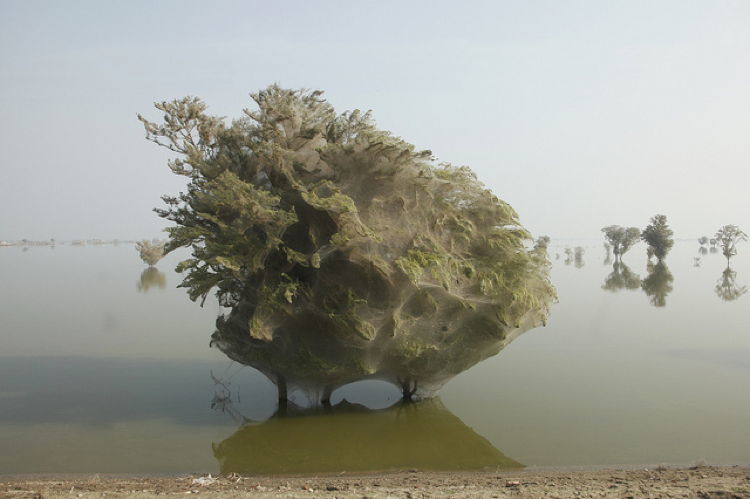
Sindh, Pakistan. Image Source: Flickr
The world is brimming with more than seven billion people. As the human population continues to rise, land and resources are increasingly engorged and it’s starting to look as if nature has a grim future.
But, even on a planet blanketed by concrete and steel, plants and animals still find a way to survive and, in some cases, thrive. Be it because of natural disaster of hasty decisions, these places demonstrate what happens when the earth is reclaimed by nature.
The Rabbit Island Of Okunoshima
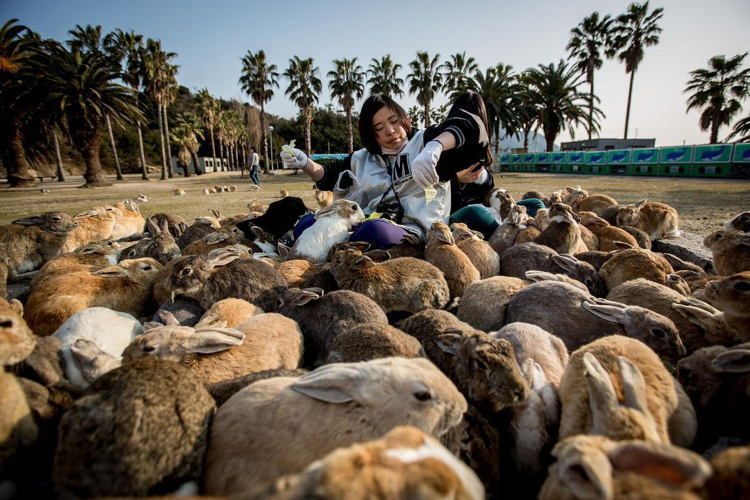
Image Source: www.cbsnews.com
In the late 1920s, the Japanese military designated the small island of Okunoshima as a top secret site, primarily used for the production of chemical weapons, especially mustard gas. Located in Japan’s Inland Sea, the island was remote, secure, and just small enough to be completely erased from maps.
In 1945, World War II ended and, after sixteen years of covert operations, production of chemical weapons came to an abrupt halt and the island was abandoned, left to be reclaimed by nature. But today, Okunoshima is teeming with hundreds, maybe thousands, of wild rabbits, undisturbed by predators or poison.
The mysterious origin of the rabbits on Okunoshima is unknown, but there are a couple of well-known and convincing claims.
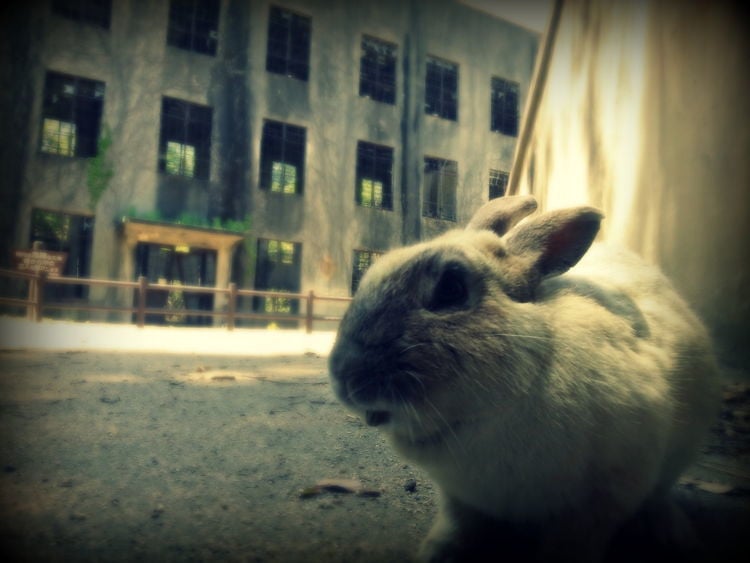
Many sources claim that the rabbits are the descendants of test rabbits used in the poison gas factories during World War II. Some say that at the end of the war, workers freed the caged rabbits, and the Allied Forces disposed of any remaining poisonous gas.
Other sources claim that a group of schoolchildren released eight rabbits on a field trip to the island in 1971. Regardless of their origin, the rabbits of Okunoshima are thriving. Though wild by nature, they are known to be extremely friendly and will likely get close to people in exchange for a savory piece of cabbage.
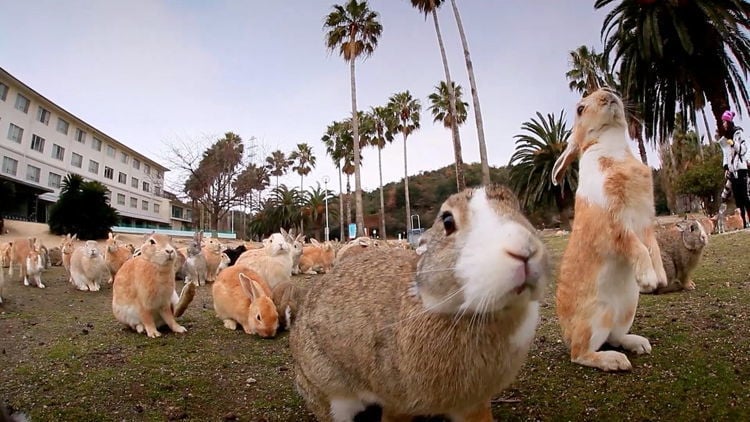
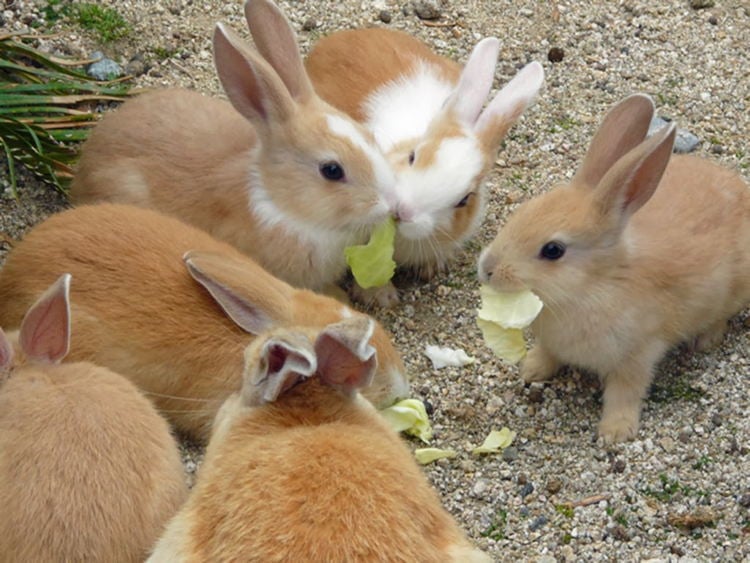
Image Source: Blogspot





